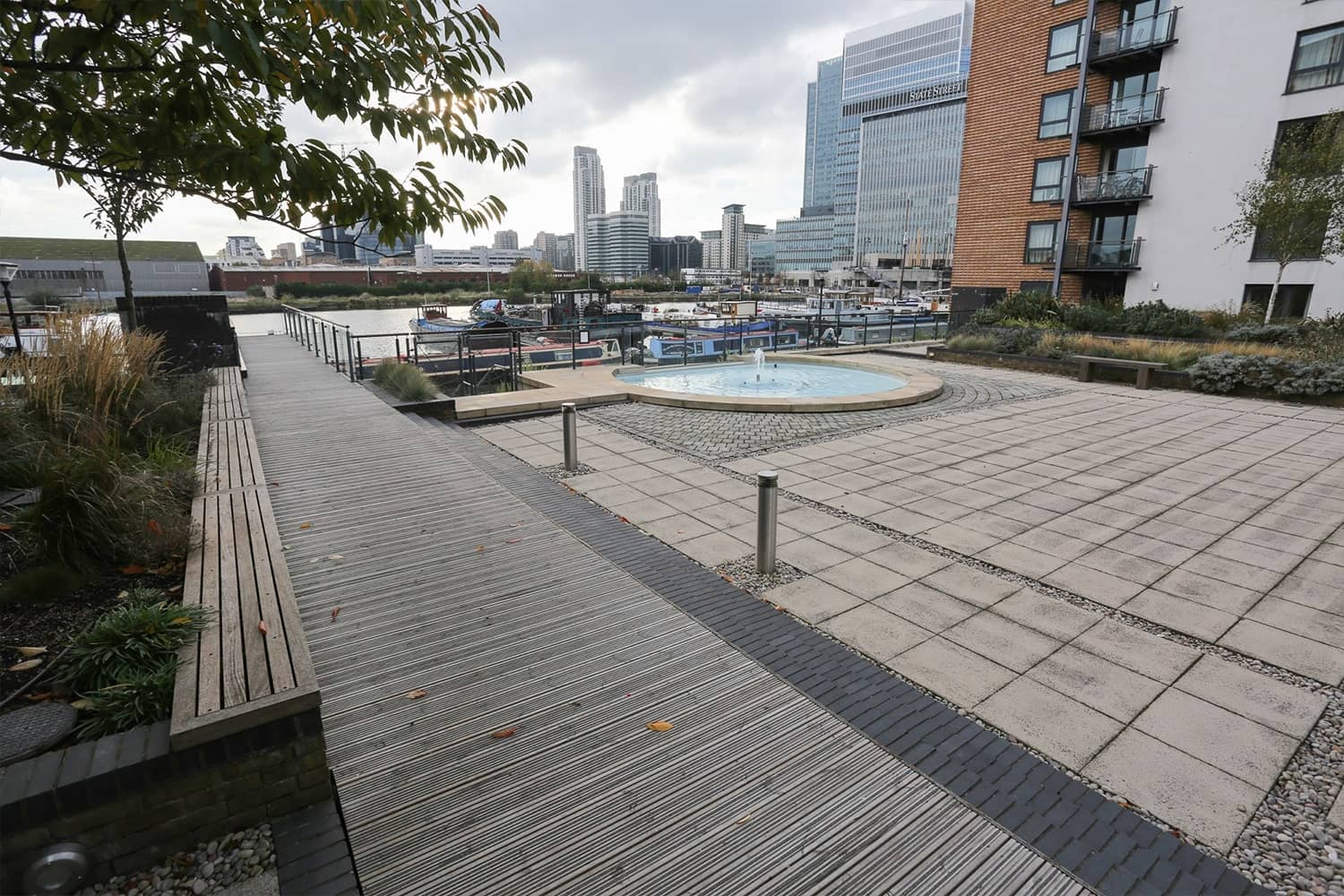Research carried out by The World Health Organisation (WHO) indicates that since 2008 the majority of the world’s population live in cities, and that urban populations will increase with an estimated 3 out of 5 people living in an urban area by 2030. With more people moving to live in cities and urban areas, naturally, more people are growing older in these environments and it is becoming apparent they have not been built with an ageing population in mind.
There is work to be done to improve current urban environments as well as things to consider when developing new urban areas. While some things seem obvious to incorporate to make urban buildings and outdoor environments more age friendly and accessible, like for example, level non-slip surfaces and incorporating lifts and ramps. Other things are more challenging and need a little more creativity. For example, how can spaces be designed to encourage social interaction and cater for all ages and abilities, not just the average city dweller.
Of course, it is not only up to architects and city planners to make urban areas more age friendly. There is a social responsibility too. As a culture, we need to respect and be inclusive of the growing elderly percentage of urban populations. Improving the natural and built environment of a city is a good place to start though.
The WHO has established a Global Network for Age Friendly Cities made up of over 500 cities and communities across 37 countries. These communities are improving their urban environments to be more accommodating for their elderly population based on a global guide produced by WHO Global Age Friendly Cities A Guide.
The guide was put together following extensive research across 33 cities, carried out by WHO and supporting parties, and covers a spectrum of topics from housing, transportation, and social participation to employment. We have focused on a few of their key findings on how to improve outdoor spaces and buildings.
